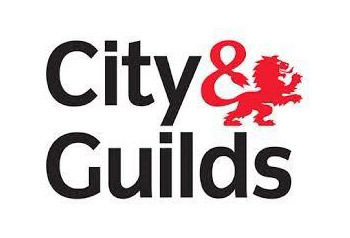Lack of awareness on dust behind construction’s rise in ill health
A persisting lack of awareness around the risks of respiratory cancer in construction is fuelling a growth of reported cases of ill health in the sector, the British Occupational Hygiene Society (BOHS) has said.
HSE’s annual figures for health and safety at work in Britain for 2015/16 were released in November 2016. They showed that just 10% of 13,000 annual deaths due to work-related disease are caused by non-respiratory cancers.
The rest are all related to lung disease: a third (33%) caused by Chronic Obstructive Pulmonary Disease (COPD) and other respiratory disease; another 21% by other respiratory cancers; and 35% by asbestos-related cancer.
Steve Perkins, CEO of BOHS, said: “These shocking statistics are a clear indication to me that there is still a huge lack of awareness about the risks in the workplace which are causing these diseases – about how to recognise them and importantly, how to control them.”
“It is the view of BOHS that with appropriate focused efforts, almost all occupational cancers and other cases of ill health could ultimately be prevented.”
HSE’s Work-related respiratory disease in Great Britain report 2016 estimates that each year, there are 14,000 new cases of breathing or lung problems caused or made worse by work.
Only a third of workplaces are estimated to comply with the current occupational exposure limit for silica dust of 0.1 mg/m3 (0.1 mg/m3 respirable dust, averaged over 8 hours).
Perkins added that research into the extent of occupational cancer led by Dr Lesley Rushton at Imperial College London found that almost all the cancer deaths from silica exposure could be prevented in the future if this level of compliance was increased to about 90%.
“This analysis tells me therefore that the lack of compliance is a problem we need to address and that if we can improve the level of compliance with the current exposure limits, we can prevent cases of occupational cancer.”
Last year BOHS launched Breathe Freely, a campaign aimed at preventing occupational lung disease in the construction industry. A new Breathe Freely campaign for the manufacturing sector, which also reports higher than average rates of lung conditions such as asthma, will be launched in April 2017.










